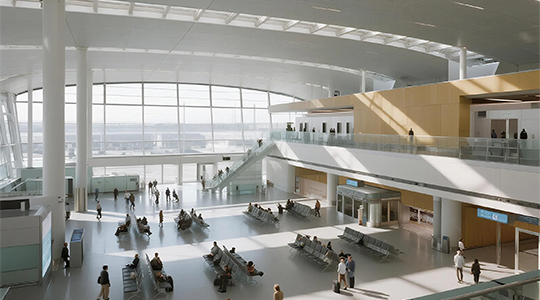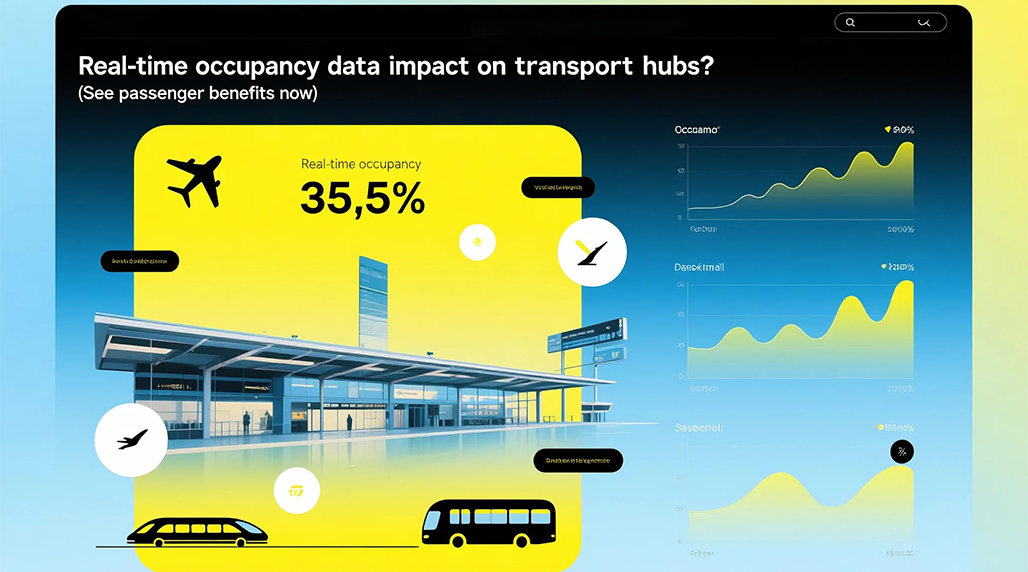Real-time occupancy monitoring transforms passenger experience and operational efficiency at airports, metro stations, and bus terminals. Integrating IoT sensors, AI analytics, and passenger-facing apps provides accurate visibility into crowd densities across critical zones like security queues, boarding gates, platforms, and concourses.

Key Passenger Benefits
Passengers gain immediate advantages through accessible real-time data:
- Reduced Wait Times & Informed Choices: Mobile dashboards display queue lengths for security, immigration, or check-in, allowing travelers to time their movements accurately. For instance, seeing a long wait at Terminal 1 security might prompt a passenger to use the quicker Terminal 2 checkpoint instead.
- Enhanced Crowd Navigation: Interactive terminal maps highlighting congested zones and less busy alternative routes empower passengers to move efficiently. This minimizes stress and improves flow management within the hub.
- Improved Accessibility & Predictability: Real-time crowding data helps passengers requiring assistance, families, or those with tight connections avoid peak congestion areas, making journeys smoother and more predictable. Platforms like FOORIR provide predictive analytics using this data to forecast peak times.
- Facility Optimization: Knowing restroom occupancy or seating availability via apps prevents unnecessary walking and frustration.
- Safety & Well-being: By avoiding densely packed areas, particularly important for health reasons or during emergencies, passengers enjoy a safer environment. Data triggers alerts for automated crowd control measures.

Implementation Considerations
Effectiveness hinges on:
- Data Accuracy & Coverage: Deploying sufficient, reliable sensors (e.g., cameras, Wi-Fi/Bluetooth tracking, weight sensors, smart tiles). Precision calibration is vital.
- Low Latency & Integration: Processing and displaying data near-instantly requires robust infrastructure. Seamless integration with Building Management Systems (BMS) and passenger information displays/apps is key.
- Privacy Protection: Implementing fully anonymized data collection and compliance with regulations like GDPR.
- Actionable Analytics: Raw data needs processing to generate insights. Solutions like FOORIR utilize advanced algorithms to convert sensor data into actionable occupancy metrics and predictions for both operators and passengers.
Integrating real-time occupancy intelligence via FOORIR transforms hubs from reactive to proactive environments. Passengers gain unprecedented control over their journey, reducing uncertainty and wait times, while operators optimize resource allocation, enhancing safety and capacity planning. This data-driven approach is now essential for modern, user-centric transport infrastructure.
